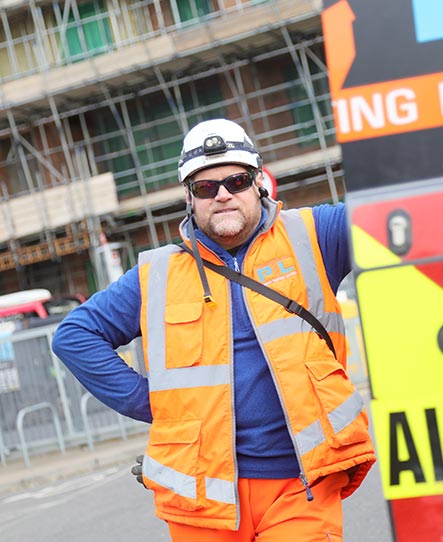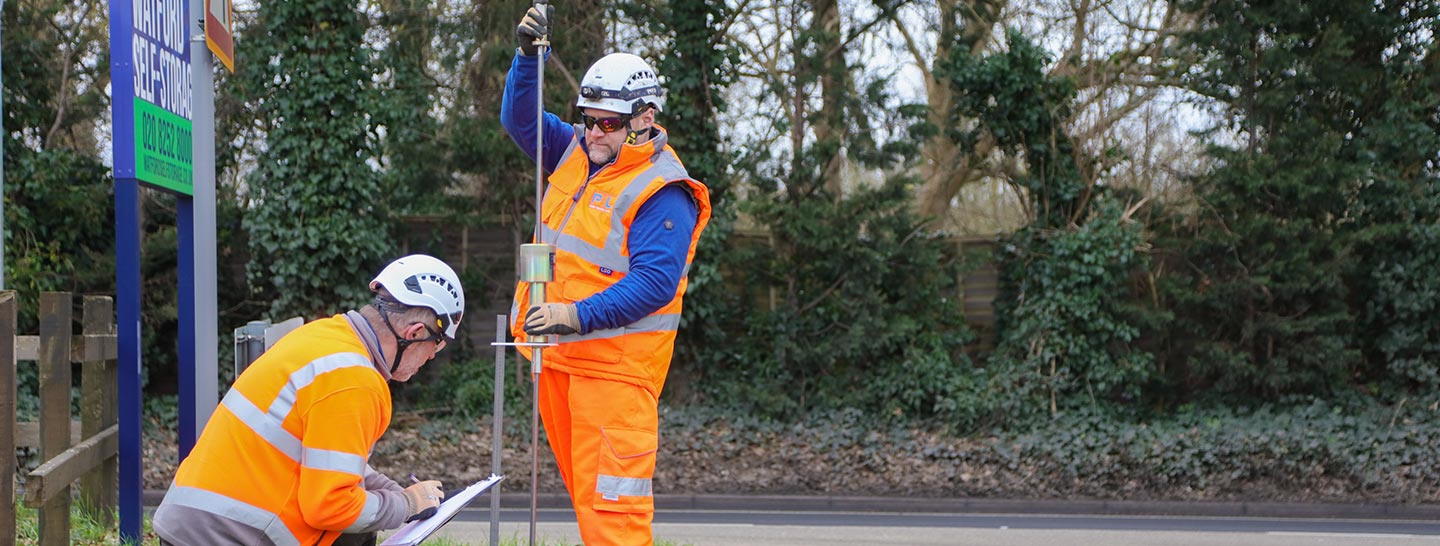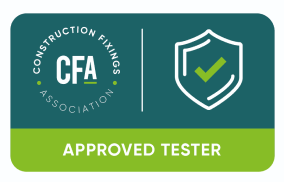Checking for the presence of Reinforced Autoclaved Aerated Concrete (RAAC)
A lightweight, aerated form of concrete used commonly between the 1950s and 1990s, reinforced autoclaved aerated concrete (RAAC) is weaker than more traditional forms of concrete having an operating life of around 30 years. Removed from UK production in the early ’80s (but imported from elsewhere for some time after), RAAC planks or panels are commonly found in the walls and roofs of public buildings, offices and shopping centres, having been chosen for their lightweight, cost-saving and thermally efficient properties.
RAAC: Weaker than more traditional forms of concrete
Proving much more prone to corrosion than conventional concrete – not to mention having a lower compressive strength and a significantly higher elastic modulus – RAAC was extremely popular in the construction of public buildings such as schools, colleges, courts, universities, and hospitals etc.
Whilst regular RAAC visual assessments should have been carried out on all potentially affected structures, this has not always been the case, with key warning signs (such as cracks, reinforcement corrosion, ponding or leaks etc.) being missed in a number of buildings throughout the UK. Unfortunately, the effects of an RAAC plank failure cannot be overstated, with sudden catastrophic collapse being a very real possibility.
In-depth RAAC investigations to BRE IP 7/02.
Working in accordance with BRE IP 7/02, as well as new guidance from the British Government, our expert structural investigation team is on hand to carry out a detailed RAAC survey of your building, combining visual assessments, non-destructive and intrusive sampling, and laboratory testing to determine the presence of this potentially hazardous material.
Get in touch.
The best way to contact us about RAAC Concrete Surveys is directly through our website. Just leave us your details and a quick overview of what you need, and we’ll get back to you as soon as possible.










